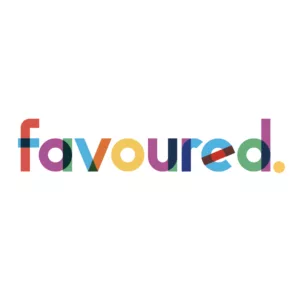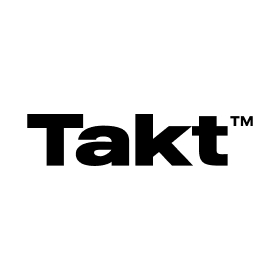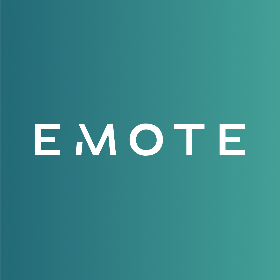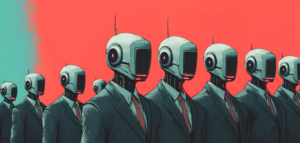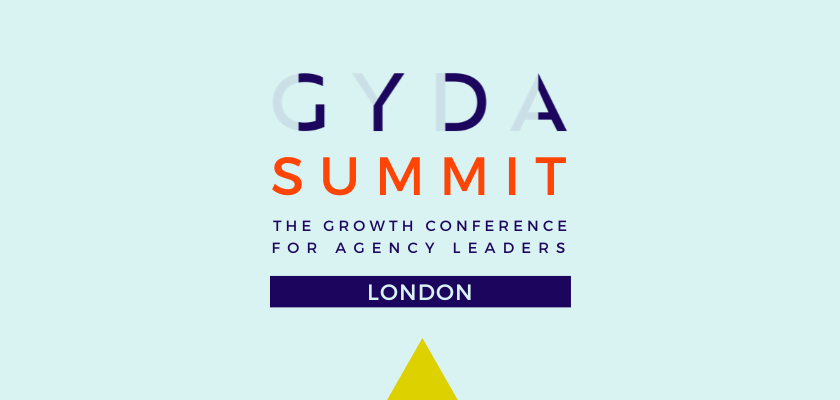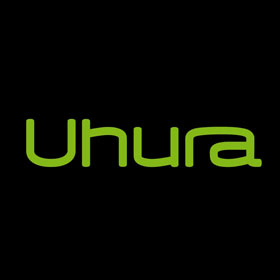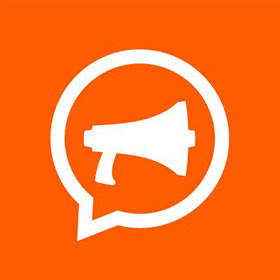ChatGPT Generated Ad Battle Heats Up After Subway Hits Back On McDonald’s and Burger King Billboard Campaigns
Fast food chains are always looking for new ways to attract customers. In recent years, they’ve turned to creative marketing strategies like using social media, partnering with influencers, and creating unique experiences. As competition for customers continues to grow, we can expect to see even more innovative marketing strategies in the future.
How It Started: Burger King Challenges McDonald’s GPT-Generated Ad
The AI-generated add conflict in São Paulo, Brazil, heated up. When ChatGPT-generated billboards for Burger King and McDonald’s were placed side by side the battle was on. It all began when McDonald’s launchMcDonald’sed an out-of-home campaign featuring ChatGPT’s response to the question “What is the most iconic burger in the world?”. They made a compelling case for the Big Mac, delving into its history since 1967 and how it’s even used to measure currency power by The Economist.
Not long after, Burger King countered with their own ad, asking ChatGPT about the biggest burger. And guess what? ChatGPT deemed the Whopper as the largest and most satisfying one.
Imagine the scene: the billboards standing next to each other, proudly displaying the distinct colors and logos of Burger King and McDonald’s. But then Subway decided to join the conversation, with a creative campaign created by Saatchi & Saatchi on June 13. They created a digital mockup of ChatGPT’s response comparing their footlong sub to the Whopper and Big Mac. According to ChatGPT, both the Whopper and Big Mac are “significantly smaller than a footlong sandwich.”
Subway’s marketing director for the U.K. and Ireland, Kirstey Elston, couldn’t resist chiming in. They say, “If there’s a discussion about iconic sandwiches, you bet Subway will jump right in. And let’s face it, even ChatGPT knows that our footlongs are the biggest and best sandwiches out there.”
While the fast-food giants have been enjoying their AI-powered taunting for the past week, it’s worth considering whether these ads truly resonate with real audiences as much as the industry believes.




